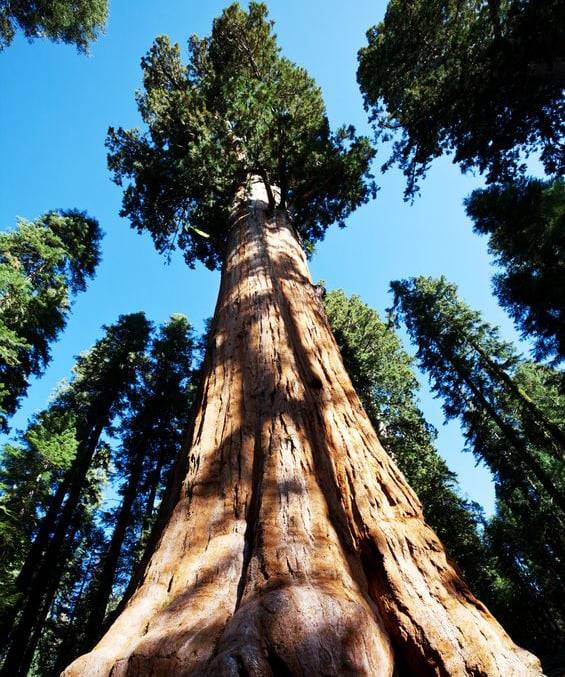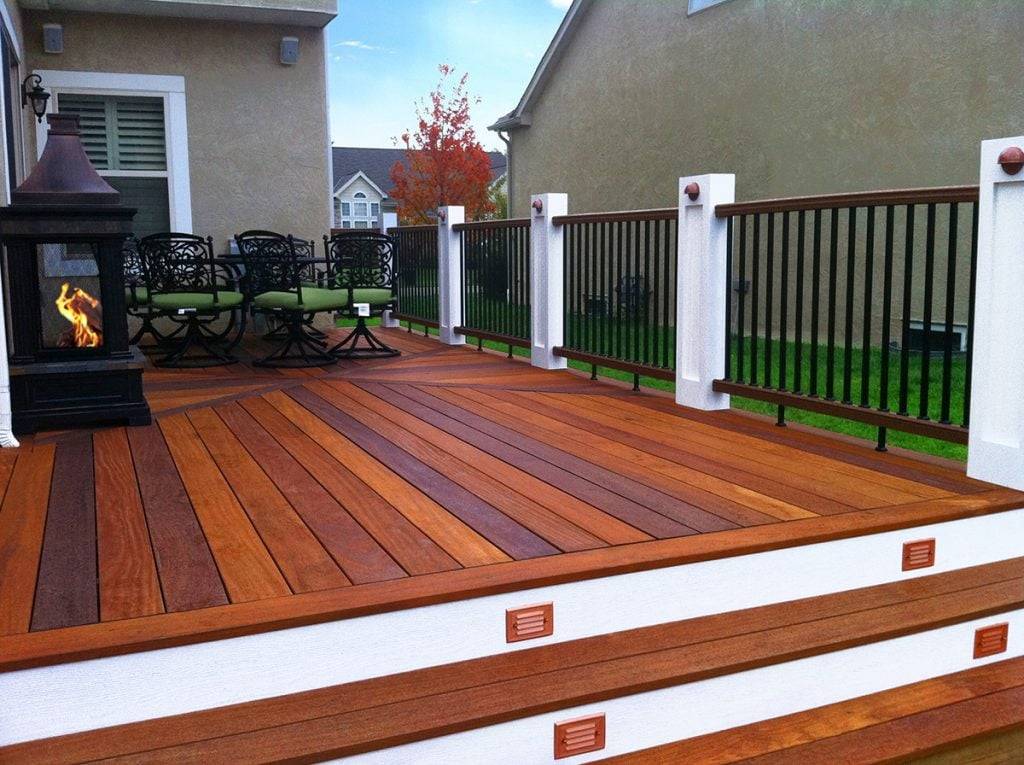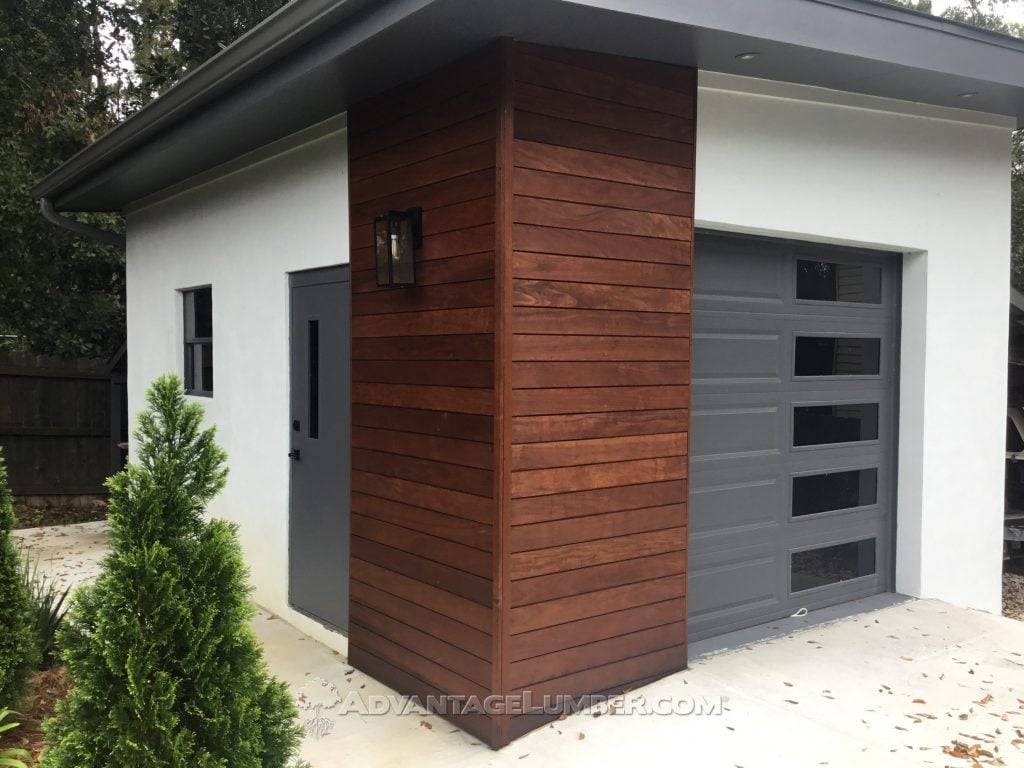Introduction to Redwood Lumber
Redwood lumber, renowned for its beauty, durability, and resistance to decay, is a premium building material ideal for both outdoor and indoor projects. Its rich, warm tones and distinctive grain patterns make it a favorite among homeowners, carpenters, and architects alike.
In this blog post, we’ll explore the origins of redwood lumber, its typical costs, and where you can purchase it for your next project.
Where Does Redwood Lumber Come From?

Redwood lumber is sourced from the majestic coast redwood trees (Sequoia sempervirens), primarily found along the coastal region of Northern California and into Southern Oregon.
These trees are among the tallest and oldest living organisms on Earth, known for their impressive heights reaching up to 379 feet and diameters of up to 29 feet.
The unique climate of the Pacific Northwest, characterized by heavy fog and moderate temperatures, creates the ideal environment for these giants to thrive.
Characteristics and Benefits of Redwood
Redwood is highly sought after for several key characteristics:
- Durability: Naturally resistant to moisture, decay, and insect damage, which makes it a perfect choice for outdoor applications like decks, fences, and garden structures.
- Aesthetic Appeal: Offers a striking appearance with its rich red and brown hues that can blend seamlessly into natural settings or stand out as a design feature.
- Workability: Easy to cut, shape, and finish, redwood is a favorite among woodworkers for its ease of use.
Cost of Redwood Lumber
The price of redwood lumber can vary significantly based on the grade of wood, dimensions, and the retailer. Here’s a general idea of what you might expect:
- Common Grades: For construction-grade redwood, prices might range from $4 to $7 per board foot.
- Higher Grades: For clearer, more visually appealing grades used in visible applications, prices can range from $6 to $12 per board foot.
Prices can also fluctuate based on market conditions, availability, and geographical location. It’s always a good idea to check with local suppliers for the most current pricing.
Where to Buy Redwood Lumber
Redwood lumber can be purchased from a variety of sources:
- Local Lumber Yards and Building Supply Stores: Many of these establishments stock redwood, especially in regions closer to where redwood trees grow.
- Specialty Wood Suppliers: These suppliers focus on high-quality woods, including premium grades of redwood.
Common Problems With Redwood Lumber
Redwood lumber, while prized for its beauty and durability, does have some drawbacks that should be considered before use in construction or other projects. Here are some common problems associated with redwood lumber:
- Cost: Redwood is typically more expensive than other common decking materials such as cedar, pressure-treated wood, or even composite materials. The cost can be a significant barrier, especially for larger projects.
- Availability: Redwood is primarily harvested from coastal regions in Northern California, which can limit availability in other regions. This scarcity can drive up costs further, especially when factoring in shipping expenses for those located far from the West Coast.
- Maintenance: While redwood is naturally resistant to rot, decay, and insect damage, it requires regular maintenance to maintain its color and protective properties. If not properly maintained with water sealers and stains, redwood can fade to a gray color and may become more susceptible to damage over time.
- Color Variability: Natural variations in color and grain pattern are common in redwood lumber, which can be a problem for projects requiring a uniform appearance. Selecting higher-grade redwood can mitigate this issue but at a higher cost.
- Softness: Despite its durability, redwood is a relatively soft wood, which makes it susceptible to scratches and dents. This can be problematic in high-traffic areas or when heavy furniture or objects are placed on a redwood surface.
- Old Growth vs. New Growth: Redwood got its fame from the old growth material that over harvested in the late 1800’s and early 1900’s. This old growth wood came from trees hundreds if not up to 2,000 years old. Most of the Redwood harvested nowadays come from second-growth forests and the lumber does not have the tight growth rings the famous old growth material had. Any old growth lumber has better properties than the new growth materials nowadays.
- Warping and Shrinking: Like many types of wood, redwood is susceptible to warping and shrinking as it dries out or absorbs moisture. Proper installation and maintenance are critical to minimizing these issues.
Redwood Alternatives
Redwood is a popular choice for outdoor projects, but several other wood species offer comparable or even superior qualities, particularly for decking and outdoor structures. Here’s a breakdown of the alternatives: Ipe, Cumaru, Tigerwood, and Brazilian Redwood (also known as Massaranduba), along with the benefits of each:
1. Ipe (Brazilian Walnut)

Benefits:
- Durability: Ipe wood is one of the toughest decking materials available, with a lifespan often exceeding 40 years when properly maintained. It is extremely dense and hard, which makes it very resistant to scratches, decay, and insect damage.
- Low Maintenance: Due to its density, Ipe requires little maintenance and does not need to be treated with preservatives or stains to maintain its durability.
- Aesthetic Appeal: Ipe has a rich, brown color with fine to medium grain texture, providing a luxurious and smooth finish for decking.
2. Cumaru (Brazilian Teak)

Benefits:
- Strength and Durability: Cumaru is nearly as strong and durable as Ipe, resistant to rot, decay, and insect attack, and it holds up well in all climates.
- Cost-Effective: Generally less expensive than Ipe, Cumaru offers similar benefits at a more affordable price, making it a great value for those seeking a durable decking solution.
- Aesthetic Variety: It has a more varied color palette, ranging from golden tan to reddish-brown, often with interesting grain patterns.
3. Tigerwood

Benefits:
- Unique Appearance: Tigerwood is named for its striking grain that resembles tiger stripes, which provides a unique and visually appealing decking surface.
- Durability: It is very durable and resistant to rot and insect infestation, suitable for outdoor use without extensive chemical treatments.
- Moderate Price: Tigerwood generally falls between Ipe and Cumaru in terms of cost, offering a mid-range price for high durability and unique aesthetics.
4. Brazilian Redwood (Massaranduba)

Benefits:
- High Density and Durability: Brazilian Redwood is very dense and hard, making it highly durable and resistant to rot and insect damage. It’s excellent for high-traffic areas.
- Vibrant Color: It has a beautiful, rich red color that can add warmth and elegance to any outdoor space.
- Smooth Finish: Brazilian Redwood offers a fine grain that can be polished to a high degree, providing a smooth and luxurious finish.
Comparison to Redwood
While these alternatives are generally more durable and harder than redwood, they also tend to be denser, which can make working with them more challenging. They require pre-drilling for fasteners and special tools due to their hardness. Each of these woods has distinct color and grain characteristics that can suit different aesthetic preferences and design needs.
Choosing between redwood and its alternatives depends largely on specific project requirements, budget constraints, and personal preference for wood appearance and environmental impact. Each of these options offers unique benefits, making them excellent choices for decking and other outdoor applications.
Conclusion
Whether you’re planning to build a new deck, craft a beautiful piece of furniture, or add a durable fence to your property, redwood lumber is an excellent choice due to its natural beauty, durability, and sustainability. By understanding where to buy redwood lumber, its cost, and its origins, you can make informed decisions for your woodworking projects. Remember to check with local suppliers for the most up-to-date information on availability and pricing. Explore the possibilities with redwood and bring a piece of the ancient forest into your next project. If Redwood is not available in your area or is too expensive consider the alternative species we listed.
